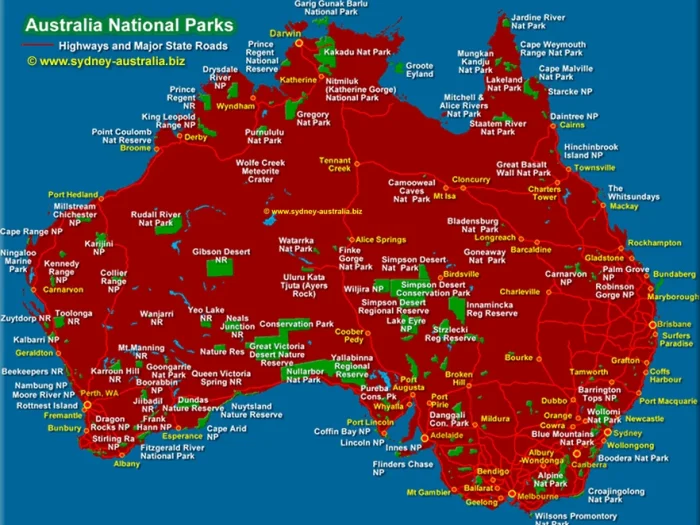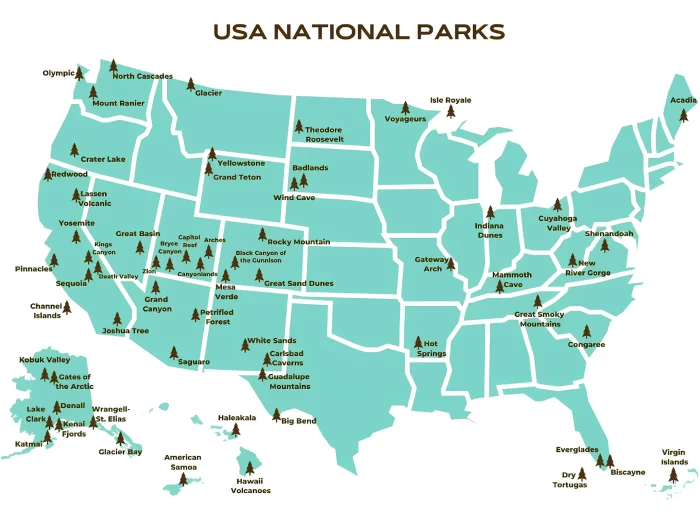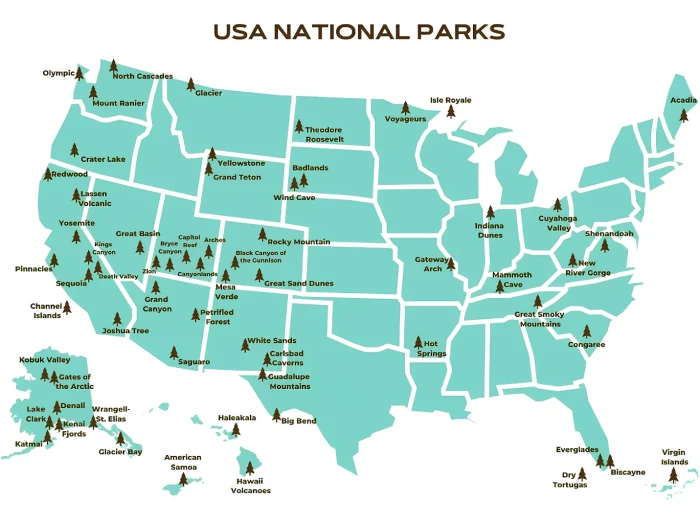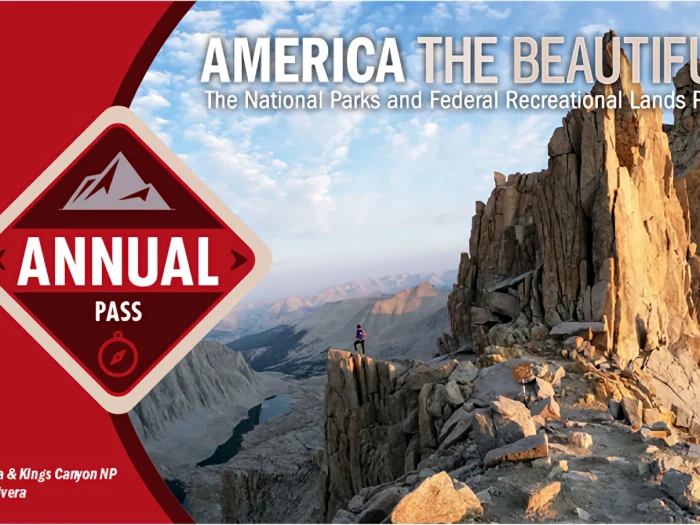Tongariro National Park Travel Guide – What to See & Do
New Zealand itself is well known across the globe for natural beauty, and in the central part of the North Island lies one of its most stunning and culturally valuable jewels, Tongariro National Park. The oldest national park in New Zealand, since it was declared so in 1887, and a UNESCO Dual World Heritage Site, Tongariro is more than just a beautiful face. Tongariro is a cultural and spiritual site, shaped by three centuries of volcanic power and history rich with Māori people.
With volcanic summits, alpine tussock, green lakes, and native bush, Tongariro National Park provides the visitor with a lifetime experience in a thrilling blend of adventure, peace, and cultural richness. Nature enthusiast or tramp, or adventure tourist wanting access to the very center of Aotearoa, Tongariro is the destination for all.
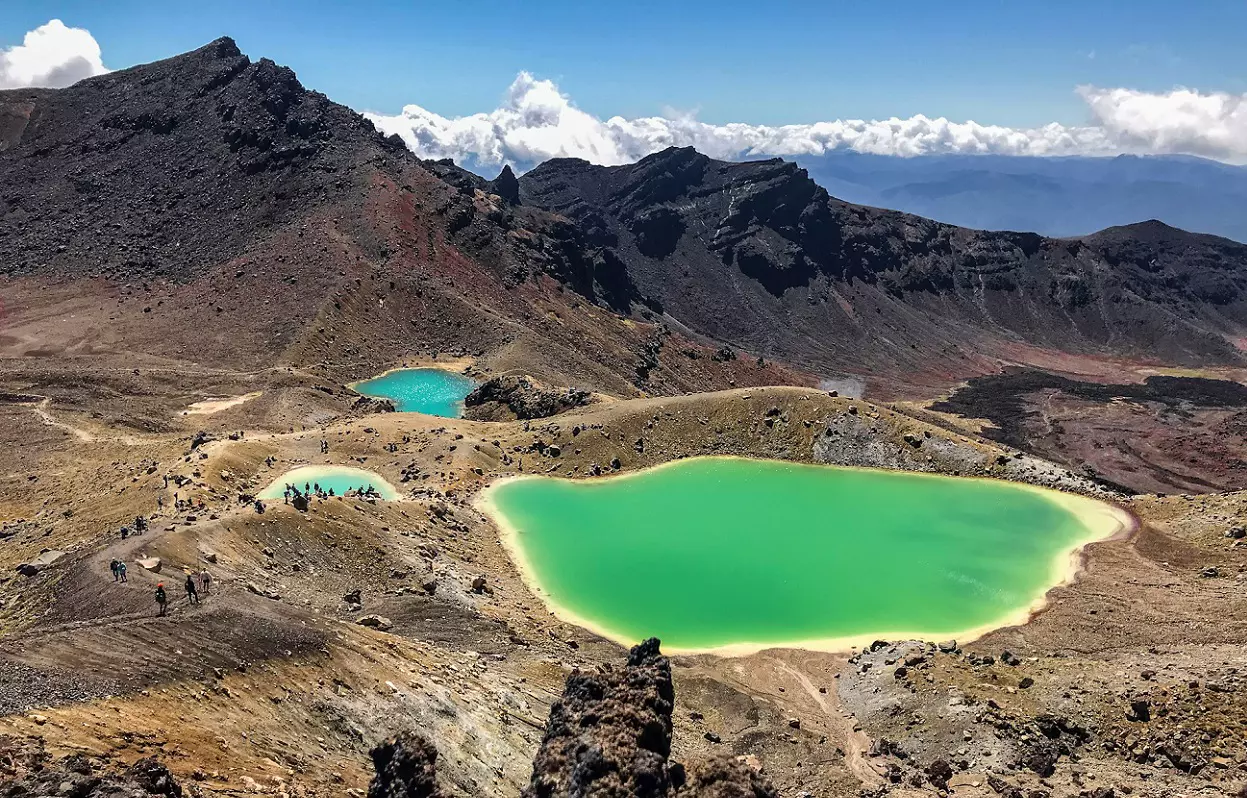
Where is Tongariro National Park?
Tongariro National Park lies in the middle of New Zealand’s North Island, in Waikato and Manawatū-Whanganui. It is about 796 square kilometers long and features three active volcanoes: Mount Ruapehu, Mount Ngauruhoe, and Mount Tongariro.
The park is within the Taupō Volcanic Zone, an area of heightened geothermal activity, and volcanic scenery has altered the normal ecosystems and topographic nature which define the park. Ohakune, National Park Village, and Turangi are the closest towns that most people visiting the park use as common bases for visiting the park.
How to Reach Tongariro National Park
To reach Tongariro National Park, one travels through some of New Zealand’s most scenic countryside. There are a few different ways to reach the park, and one of the easiest and most direct is hiring a campervan in Auckland, New Zealand’s largest city, and traveling south.
It’s a 4.5 to 5 hour driving distance of good signposted roads that wind and turn across rolling farm country, emerald green grazing hillside ridges, and old-fashioned towns from Auckland to Tongariro National Park. Overnight camping facilities exist along the way in locations like Lake Taupō, Rotorua, and Waitomo Caves.
Most of the North Island and South Island tourists take the Auckland-to-Tongariro trip as the first leg of the campervan tour and travel south to Wellington and cross the Cook Strait to the South Island. It’s a neat strategy, incidentally, as it gives the visitor the widespread of the country’s natural treasures at your leisure, Tongariro being half way down the track.
The Māori
Tongariro National Park is particularly culturally and spiritually important to the Māori, specifically to the indigenous Ngāti Tūwharetoa iwi (tribe). Tongariro mountains, Ngauruhoe, and Ruapehu are old ancestors with centuries of tradition, legend, and stewardship.
In a touching display of cultural sensitivity and goodness of heart, Māori chief Te Heuheu Tukino IV gifted the sacred peaks to the New Zealanders in 1887. The act saved the nation and proclaimed Tongariro as New Zealand’s first national park. It set a precedent for conservation and Indigenous rights as well.
Today, the park remains a symbol of Māori identity and sustainability. Anybody who visits the park has to uphold the spiritual essence of the park and acquire legends, stories, and beliefs that still shape life in and around the park.
Things to Do in Tongariro National Park
There’s always something to do at Tongariro National Park, whether it’s summer or winter. One of the top things to do is:
1. Tongariro Alpine Crossing
Tongariro Alpine Crossing is one of the best day walks in the world, a challenging 19.4-kilometer ascent that leads you along lava flows, erupting volcanoes, alpine scenery, and along the rim of the stunning Emerald Lakes. It has a great panorama view over Mount Ngauruhoe (visually perfectly filmed to perfection in location in Lord of the Rings as Mount Doom) and other volcanic forms. 6-8 hours of daylight and decent weather need to be available, or open and rocky terrain in patches otherwise.
2. Off Mount Ruapehu skiing and snowboarding
Mount Ruapehu is a winter wonderland with boarders and skiers waiting for two massive ski fields: Whakapapa and Turoa. They are the country’s biggest ski fields with beginner and expert old-bushmen’s slopes. Whakapapa boasts Happy Valley, one of New Zealand’s best learning-to-ski surfaces.
3. Scenic Flights and Helicopter Tours
To experience something worth remembering, take a scenic helicopter flight or helicopter tour of the park. The flights provide one with an eagle’s eye view of the volcanic terrain, the craters, and the lakes otherwise inaccessible. One gets even the coast on clear days.
4. Short Walks and Nature Trails
If Alpine Crossing is beyond your budget, other shorter walks also exist within the park. Other tracks like Taranaki Falls Track, Tawhai Falls Walk, and Silica Rapids Track offer fine views of waterfalls, alpine bushland, and volcanic rock landscape. The walks last from 20 minutes to 2 hours and are suitable for all levels of fitness.
5. Mountain Biking and Adventure Sports
Mountain biking can also be conducted in and around Ohakune National Park village and National Park village. Old Coach Road is a fun ride on an original horse coach road through native bush and yesteryear viaducts. White-water rafting, rock climbing, and guided alpine walks are some more adventure sports.
6. Visitor Centres and Cultural Activities
Tongariro Visitor Centre, Whakapapa Village, also provides a good overview of the geology, ecology, and Maori history for the park. Interactive exhibits and learning programs allow individuals to discover why this land is so significant. Cultural tours are even provided by Māori local guides, providing prehistoric histories, traditions, and environmental facts.
Final Thoughts
Tongariro National Park is not where, but what provides an experience of sharing raw nature power and Māori indigenous wealth. Its volcanic terrain, its cultural distinctiveness, and other recreational pursuits provide the place where New Zealand pioneer bravery comes and pays great respect to the earth. Whether you hike through the lava flows, ski down the side of a volcano in eruption, or remain safely at the periphery and absorb the culture of the region, Tongariro provides you with the chance to cross not just a nation, but an open book in three dimensions – rock, air, and spirit.

